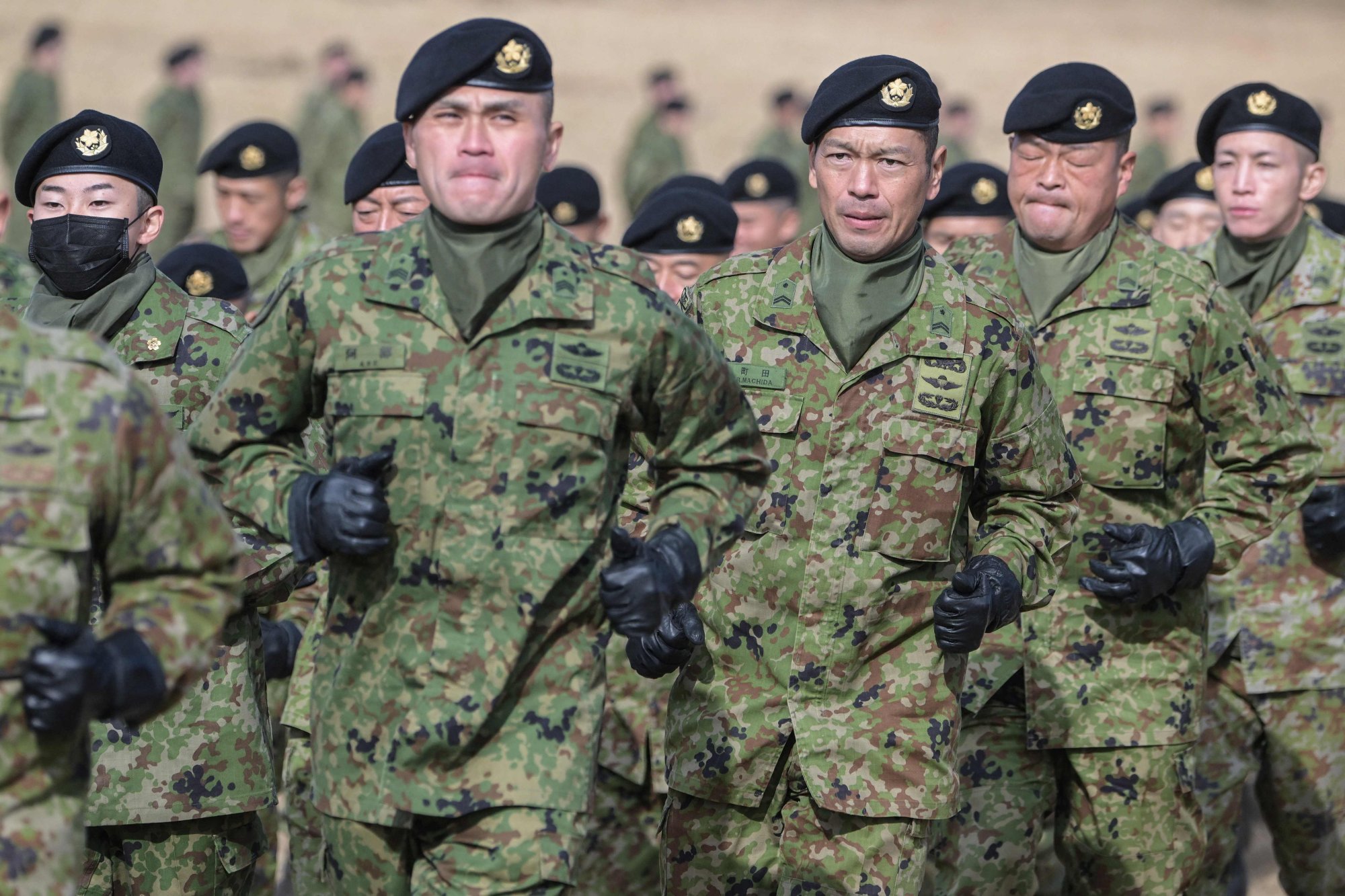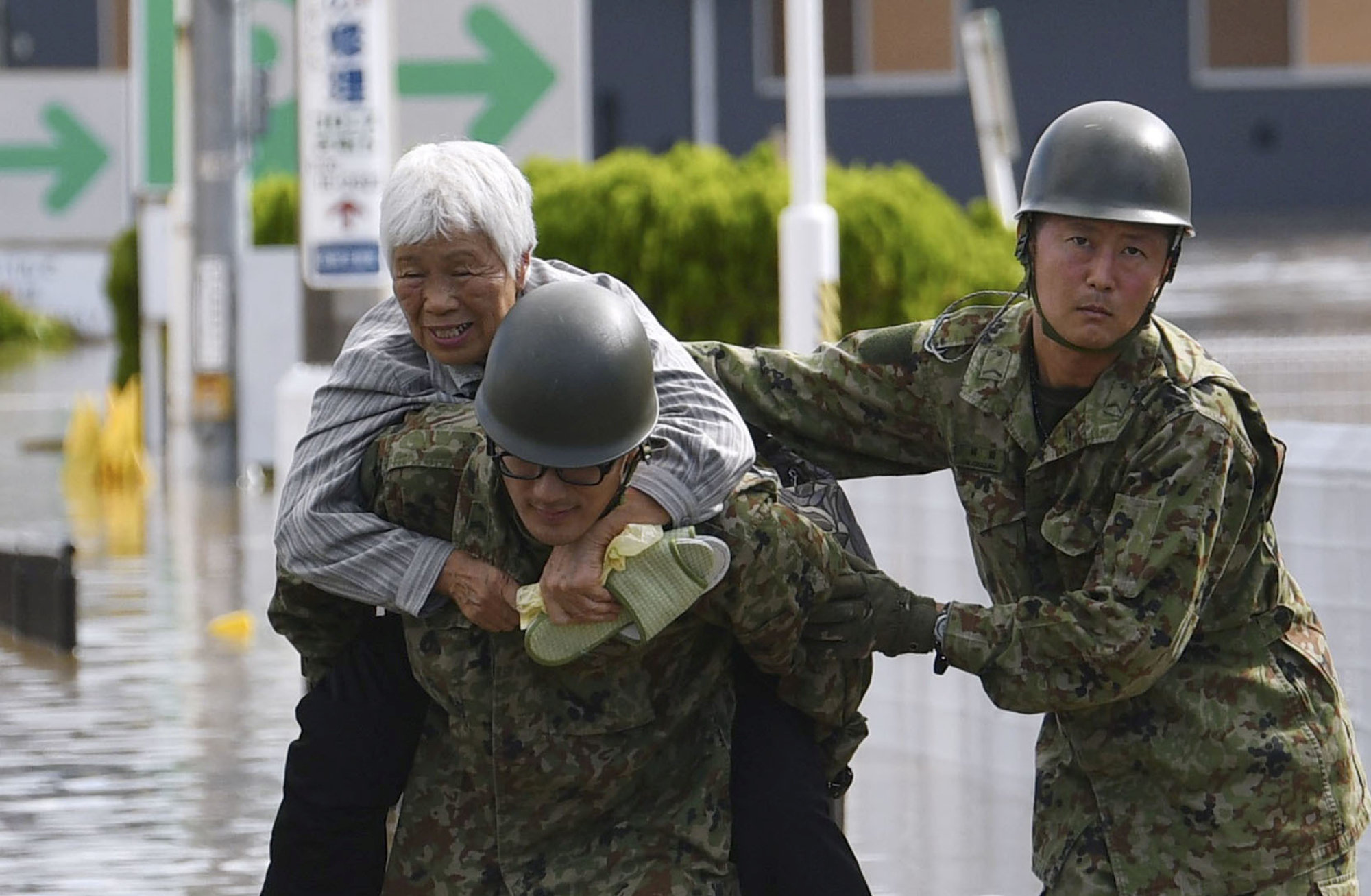Japan military to let hair down by allowing officers to wear different coiffures amid low recruitment
“The shortages are perhaps not so acute in the area of officer cadets, but the environment that they are trying to recruit in is extremely difficult,” he told This Week in Asia.
US looks to Japan shipyards deal to stay battle-ready amid tensions in region
US looks to Japan shipyards deal to stay battle-ready amid tensions in region
Mulloy pointed to the stiff competition to recruit workers from the private sector after several banking and insurance companies last week announced major increases in starting pay for new graduates, with the adjustments typically around 50,000 yen (US$338) a month.
That sort of “golden welcome” is unprecedented among Japanese companies and only serves to underline the labour shortages across the entire Japanese economy, he added.
“Japan’s public services and the SDF simply can’t keep up with that as their salary structures are set by the government and there is no way they can match the private sector.”
If the recommendations are accepted, male members of the armed forces will no longer be required to have the “buzz cut” that is presently mandatory, while women will be permitted to have longer hair. The new requirement will be that women’s hair can be as long as they like, provided it does not interfere with the use of helmets or ceremonial hats and that it must not touch the shoulders when servicewomen are in uniform.

It was also reported that discussions are underway within the ministry regarding the rules regulating the colour of service personnel’s hair, which is presently limited to dyeing grey hair. Different hair colours could be accepted shortly, the Mainichi reported.
While virtually all militaries around the world insist on certain standards among their serving personnel, tattoos are commonplace in most armed forces, which also generally have fewer restrictions on the length and colour of hair.
There have been numerous images in the Japanese media recently of female Israeli soldiers with long hair while most European forces are more relaxed about the length of their troops’ hair, beards and moustaches.
During the financial year that ended in March 2023, just 4,300 men and women joined the Japanese military on fixed-term contracts, less than half of the Defence Ministry’s target of 9,245 recruits across all three arms of the SDF. The shortfall was the most serious since comparable statistics were first compiled in 2009, and some observers predict this year’s total could be even worse.
Japan’s record arms spending will require ‘controversial’ taxes, welfare cuts
Japan’s record arms spending will require ‘controversial’ taxes, welfare cuts
There are some 247,000 men and women in uniform in Japan, just 90 per cent of the military’s optimum strength, despite stepped-up efforts in recent years to attract recruits.
“The military is trying very hard to make service more in tune with the norms of modern Japanese civil society and they are trying to do that without spending any money,” Mulloy said.
“There may well be some people on the edge of a decision on whether to sign up or not and the message that the ministry is sending out is that the rules are being relaxed and that there are going to be better housing, conditions and education opportunities to convince those people.”
The campaign comes at a time of growing support for the SDF, although that has yet to translate into more people joining the military.

The Cabinet Office has carried out annual studies on public attitudes towards the military since the 1960s, with just around 50 per cent of Japanese having a “positive” attitude towards the armed forces in the early years of the survey.
That figure has since climbed to more than 90 per cent in recent years, primarily as a result of the coverage the armed forces have received for their rescue efforts in the aftermath of several natural disasters, combined with greater public concern over the growing military threat posed by several of Japan’s immediate neighbours, such as China, North Korea and Russia.
When asked whether they would consider a career in the military, however, the public’s enthusiasm has consistently remained low. In the 1960s, only around 5 per cent of people said they might serve in the armed forces, with the responses in recent years hovering at around the same level.
“There is a big gap in what the SDF has at the moment, in terms of personnel, and what it needs,” Mulloy said. “That’s not something that can be bridged quickly or easily, and certainly not by better haircuts.”

